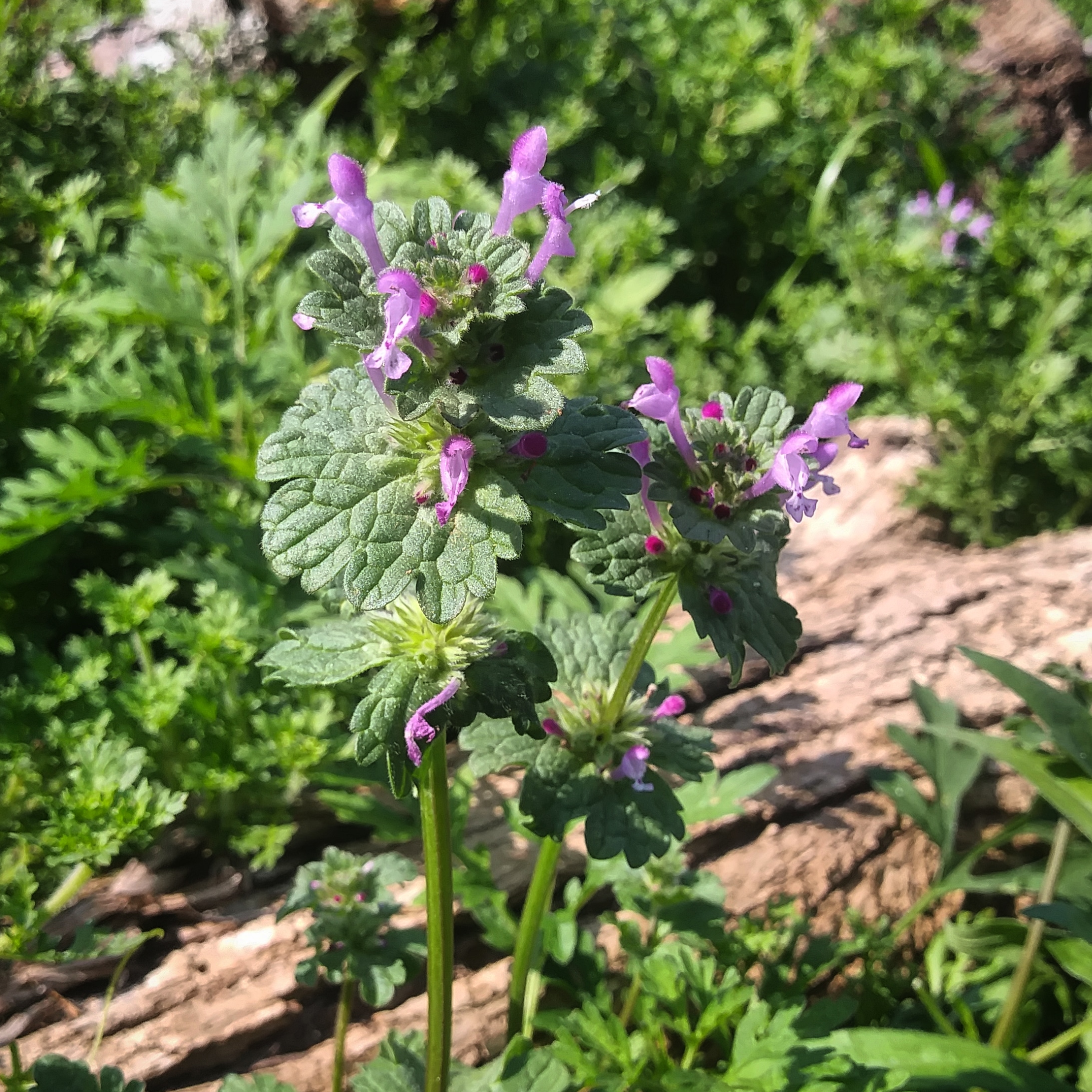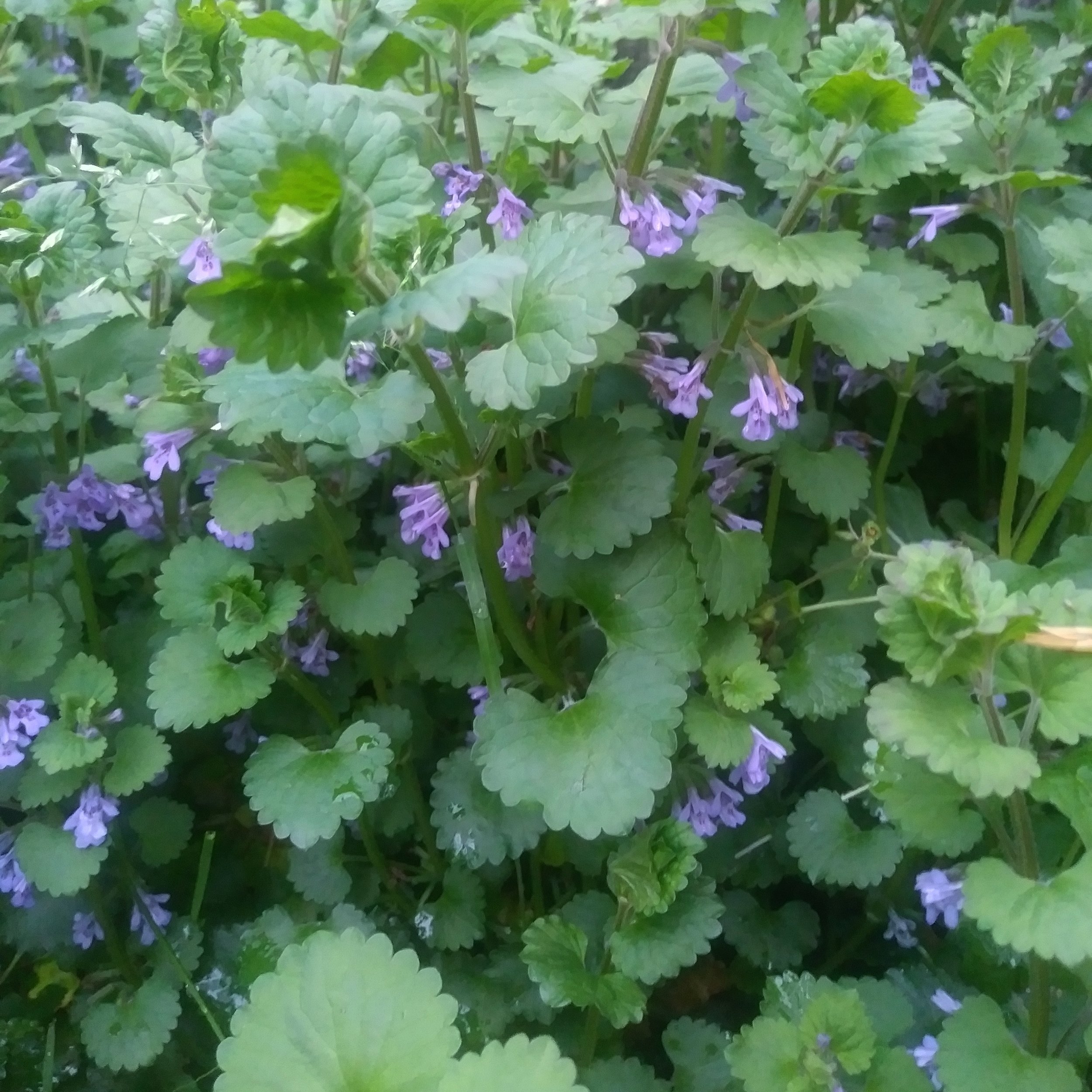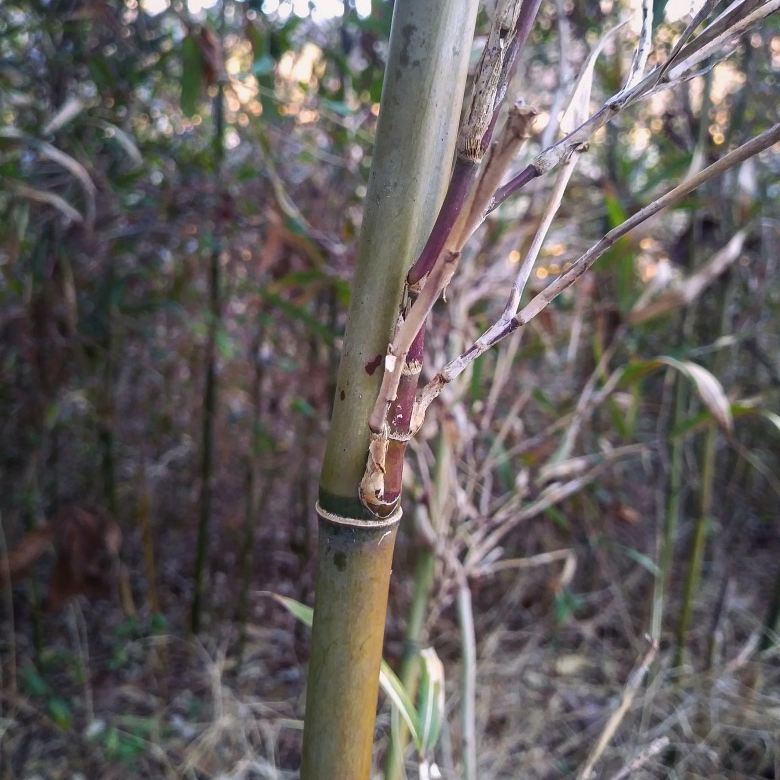“If you’ve ever taken one of our courses at SARCRAFT, there’s a 100% chance we’ve at least mentioned Plantain, if not shown you how to use it. We’ve always said that if you’re going to learn one edible and medicinal plant, it should be this one.”
Read moreInstructor Corps Pro Tip 6/11/19 - Sweetgum Toothbrush
“One of the most important, yet most neglected, aspects of wilderness living is personal hygiene. In our experience, most guys behave like unwashed heathens in the woods and won't shower, shave, or brush their teeth for weeks at a time if they don't have to, but that's a recipe for trouble.”
Read moreWild Edible Wednesday 6/5 - Henbit Deadnettle
“Henbit season is actually tapering off – it prefers cooler temperatures and rarely thrives in the hottest parts of summer except in cool, moist areas. But it’s still out there, so if you want to try it this year, get it while the getting’s good! Like so many of the plants we’ve covered, check your lawn first.”
Read moreWild Edible Wednesday 5/29 - Orange Daylily
“So named because the flowers bloom and die in a day, it’s probably a familiar plant to most of us. I think almost everyone had a grandmother who grew them in her garden, and even if not, you’ve certainly seen them on summer roadsides. They bring back happy memories for me of speeding down unkempt backroads in early summer with the windows rolled down…. “
Read moreWild Edible Wednesday 5/1 - Creeping Charlie
“It goes by a weird plethora of alternate names, including Creeping Charlie, Gill-Over-the-Ground, Hedgemaid, Tun-hoof, Runaway Robin, Lizzy-Run-Up-the-Hedge, Catsfoot, and Alehoof. No, not kidding. And don’t ask me how half those names came to be, other than people in the British Isles got bored.”
Read moreWild Edible Wednesday 4/24 - Common Purslane
“Once you have purslane on your property, you’ve got it forever. There’s no getting rid of it, and the harder you try, the more it spreads. It’s fire-resistant, pretty indifferent to most herbicides, and pulling it only breaks the roots into fragments that turn into more plants. So the moral of the story is… if you can’t beat it, eat it!”
Read moreWild Edible Wednesday 4/10 - Common Vetch
“Vetch has fed humans for thousands of years. It’s been a forgotten companion to us that helped us leave the nomadic lifestyle of the stone age, settle down, and build civilizations. Although it’s rarely eaten in the modern era, you owe it to your ancient ancestors to give it a shot and eat it at least a time or two.”
Read moreWild Edible Wednesday 4/3 - Common Blue Violet
“The violet had great significance to the ancient Athenians, who wove necklaces and garlands out of European sweet violet blossoms for revelers to wear at their wild, wine-fueled spring equinox festivals. They believed violet moderated anger, strengthened the heart, and helped prevent “wine fumes” and next-day hangover headaches. “
Read moreInstructor Corps Pro Tip 4/2 - Water from a Vine
“Need water but can't locate a good source? In certain areas (rarely in GA, but it happens) you might be a good ways away from a creek or stream, or it might be a time of drought and sources may be dried up. If that's your situation, consider the grapevine.”
Read moreWild Edible Wednesday 3/27 - Eastern Redbud
“Redbud seems to have taken root in the culture of whatever area it grows in. For most native tribes, the charcoal from redbud wood was the color of choice for their black war paint, which symbolized power and aggression.”
Read moreWild Edible Wednesday 3/20 - Chickweed
“Chickweed is one of the hardiest and most common plants on earth. Native to northern Europe, it has naturalized on every continent – even Antarctica.”
Read moreWild Edible Wednesday 3/6 - River Cane
“Where river cane really shines is in bushcrafting. The uses of river cane for projects big and small is limited only by your imagination.”
Read moreWild Edible Wednesday 2/27 - Yucca
“While Yucca isn’t the most widespread plant in the Eastern Woodlands, it’s still a valuable asset to bushcraft and wilderness survival, and is well worth knowing.”
Read moreWild Edible Wednesday 2/20 - Creeping Cedar
“Creeping Cedar looks like something out of the age of the dinosaurs, because it is. Before that, actually. Remains of this exact plant are being burned as coal this very day.”
Read moreWild Edible Wednesday 1/23 - Universal Edibility Test
“Today, we’re going to cover one of the most fundamental rules of foraging plants. And really, it’s one of the most useful pieces of wilderness survival knowledge you can have, period.”
Read more#WildEdibleWednesday 11/21 - Ginkgo
“How tough are ginkgoes? Well, they’re one of the few living things to survive the atomic bomb blast in Nagasaki, Japan in 1945.”
Read more#WildEdibleWednesday 9/19 - Muscadine
“The bouquet is as follows: It smacks you in the face with a wallop of intense muscadine flavor followed by a wall of cane sugar, finishing with a pure alcohol burn. There are notes of pure muscadine (obviously), oak, citrus, grape Jolly Rancher, ethanol, and a hint of vinegar. The overall experience is jarring, but not at all unpleasant. I dare California to do better.”
Read more#WildEdibleWednesday 9/12 - Orange Jewelweed
Medicinally, jewelweed really only has one application: Used externally, as a poultice or decoction. However, in this application, it’s fantastic.
Read more#WildEdibleWednesday 8/1 - Sarsaparilla
The fact that these plants are valuable as wild edibles and medicinals are evidence that God doesn’t create anything without a purpose, and that everything that grows in the forests and fields has a use… because I absolutely despise them.
Read more#WildEdibleWednesday 7/25 - Maypop Passionflower
“Before all children everywhere became locked on iPad screens, kids in the country used to have fights with green maypops. They’re a uniform shape and easy to throw accurately, and they raise a good welt if you throw them hard. They make an awesome hand grenade if you’re nine years old and have an active imagination. (I may or may not be speaking from experience.)”
Read more



















